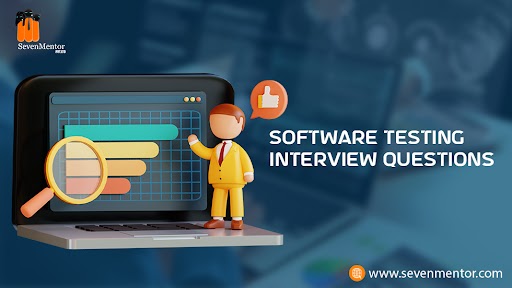Software Testing Interview Questions
Are you preparing for a software testing job interview? Are you wondering what kinds of questions you might be asked? Look no further than our comprehensive list of Software Testing Interview Questions Our expertly crafted list covers a wide range of topics, including software development life cycle (SDLC), different types of testing methodologies, test case design, defect management, and automation testing. We have compiled questions that are frequently asked in interviews and that can help you prepare for your next job interview with confidence. By familiarizing yourself with these Software Testing Interview Questions, you’ll be better equipped to showcase your knowledge, skills, and experience to potential employers. You’ll also be able to demonstrate your ability to work in a team, collaborate with developers and stakeholders, and think critically about testing strategies. Whether you’re a seasoned software testing interview questions professional or just starting out in the field, our list of interview questions can help you feel more prepared and confident during the interview process. So why wait? Start studying our Software Testing Interview Questions today and land your dream job in software testing!
1. What is software testing, and why is it important?
Answer: Software testing is the process of evaluating a software application or system to identify any defects, errors, or vulnerabilities. It is important because it helps to ensure that the software is functioning correctly, meets the requirements of the stakeholders, and is reliable and secure. Testing can also help to reduce the risk of costly errors or failures in production and can help to improve the user experience.
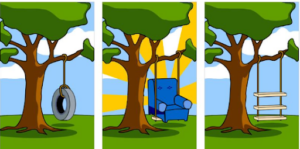
Without testing we cannot find a better solution
2. What are the different types of software testing, and how do you decide which types to use?
Answer: There are many different types of software testing, including functional testing, non-functional testing, performance testing, security testing, and more. The types of testing you use will depend on the goals of the testing, the nature of the software being tested, and the constraints of the project. For example, functional testing might be used to ensure that the software meets the functional requirements, while performance testing might be used to ensure that the software can handle a large volume of users or transactions.
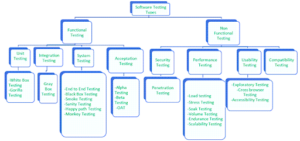
3. What is the difference between functional and non-functional testing?
Answer: Functional testing is focused on ensuring that the software meets the functional requirements, such as ensuring that a button performs the expected action when clicked. Non-functional testing is focused on evaluating the quality of the software, such as its performance, security, or usability. Examples of non-functional tests might include load testing to ensure that the software can handle a large number of users, or security testing to ensure that the software is secure against threats.
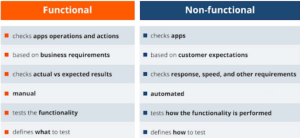
4. How do you create a test plan, and what are some key elements that should be included?
Answer: To create a test plan, you should start by defining the goals and objectives of the testing, as well as the scope and schedule. You should also identify the testing methodologies and techniques that will be used, as well as the types of tests that will be performed. Key elements of a test plan might include a test case matrix, which outlines the test cases to be executed, as well as a list of deliverables and a risk assessment.
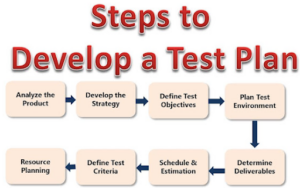
For Free, Demo classes Call: 020-71177008
Registration Link: Click Here!
5. What is the difference between a test case and a test scenario?
Answer: A test case is a specific set of steps or actions that are taken to test a particular feature or function of the software. A test scenario is a broader test that encompasses multiple test cases, often testing a larger workflow or user story. For example, a test case might be to ensure that a login button is functioning correctly, while a test scenario might be to ensure that a user can successfully log in, access their account, and log out.
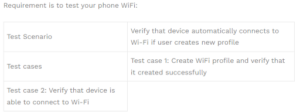
6. How do you prioritize test cases when time is limited?
Answer: When time is limited, it is important to prioritize the test cases that are most critical to the software’s functionality, usability, or security. This might involve focusing on high-risk areas of the software, or on features that are likely to be used frequently or by a large number of users. It is also important to ensure that the most important test cases are executed first, in case time runs out.
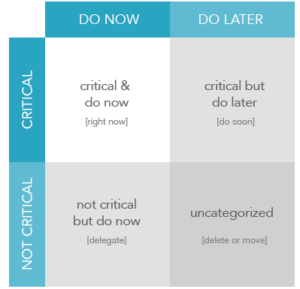
7. What is regression testing? why is it important?
Answer: Regression testing is the process of testing a software application or system after changes have been made, to ensure that the changes have not introduced new defects or broken existing functionality. It is important because changes to the software can often have unintended consequences, and regression testing helps to catch these issues early in the development cycle, when they are easier and less expensive to fix.
8. What is exploratory testing? when is it most useful?
Answer: Exploratory testing is a type of testing that is focused on discovering defects and issues through ad-hoc, unscripted testing. It is most useful when it focuses on the discovery and relies on the guidance of the individual tester to uncover defects that are not easily covered in the scope of other tests.
For Free, Demo classes Call: 020-71177008
Registration Link: Click Here!
9. What is Selenium? what are its different components?
Answer: Selenium is an open-source software testing framework that is used for automating web applications. Its different components include Selenium IDE, Selenium WebDriver, Selenium Grid, and Selenium RC.

10. What is the difference between Selenium IDE and Selenium WebDriver?
Answer: Selenium IDE is a record and playback tool for creating test scripts, while Selenium WebDriver is a programmatic interface for automating web applications. WebDriver is more flexible and powerful than IDE but requires more technical knowledge to use.
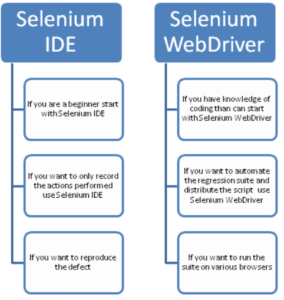
11. What programming languages are supported by Selenium WebDriver?
Answer: Selenium WebDriver supports multiple programming languages, including Java, Python, C#, Ruby, and JavaScript.
12. What are the different types of locators supported by Selenium WebDriver?
Answer: Selenium WebDriver supports different types of locators, including
- ID,
- name,
- class name,
- tag name,
- link text,
- partial link text, and
- CSS selector.
13. How do you handle dynamic elements on a web page using Selenium WebDriver?
Answer: Dynamic elements on a web page can be handled using explicit and implicit waits in Selenium WebDriver. Explicit waits allow you to wait for a certain condition to be met before proceeding, while implicit waits wait for a certain amount of time before throwing an exception if the element is not found.
14. How do you handle alerts and pop-ups in Selenium WebDriver?
Answer: Alerts and pop-ups can be handled using the Alert interface in Selenium WebDriver. You can use the switchTo() method to switch to the alert, and then use the accept() or dismiss() methods to accept or dismiss the alert.
15. How do you handle frames and iframes in Selenium WebDriver?
Answer: Frames and iframes can be handled using the switchTo() method in Selenium WebDriver. You can use the frame() method to switch to a frame, and the defaultContent() method to switch back to the default content.
Some IMP Software Testing Interview Questions
16. What is Page Object Model (POM), and how do you implement it in Selenium WebDriver?
Answer: Page Object Model (POM) is a design pattern that is used for creating object-oriented models of web pages in Selenium WebDriver. It involves creating a separate class for each web page, which contains the page’s elements and methods. This makes the code more modular, maintainable, and reusable. POM can be implemented in Selenium WebDriver by creating a separate class for each web page and then using the Page Factory class to initialize the elements.
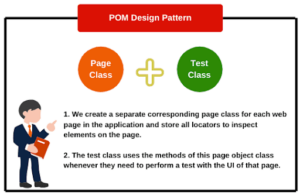
17. What is Jira, and what are its key features?
Answer: Jira is a popular project management tool that is used for tracking and managing software development projects. Its key features include issue tracking, project management, custom workflows, reporting, and integration with other tools.
18. What are the different types of issues that can be tracked in Jira?
Answer: Jira supports different types of issues, including bugs, tasks, stories, and epics. Each issue can be customized with different fields, such as priority, status, and assignee.
- Sub-Task − This is the sub-task of an issue. In a logged issue, there can be different tasks to resolve it, which are called as sub-tasks.
- Bug − A problem that impairs or prevents the functions of the product.
- Epic − A big user story that needs to be broken down. Created by JIRA Software – do not edit or delete.
- Improvement − An improvement or enhancement to an existing feature or task.
- New Feature − A new feature of the product, which is yet to be developed.
- Story − A user story. Created by JIRA Software – do not edit or delete.
- Task − A task that needs to be done to achieve the team’s goal.
19. What are the different project types supported by Jira?
Answer: Jira supports different project types, including Scrum, Kanban, and Agile. Each project type has its own set of workflows, boards, and reports.
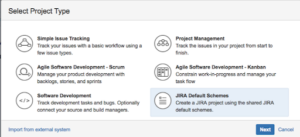
20. How do you create a new issue in Jira?
Answer: To create a new issue in Jira, you can click on the “Create” button in the top navigation bar, select the issue type, fill in the required fields, and then click “Create”.
For Free, Demo classes Call: 020-71177008
Registration Link: Click Here!
21. How do you customize the workflow in Jira?
Answer: The workflow in Jira can be customized by adding or removing different steps, transitions, and statuses. This can be done by going to the workflow editor and making changes to the diagram.
22. How do you manage agile boards in Jira?
Answer: Agile boards in Jira can be managed by creating and configuring boards, adding and removing columns, and setting filters and swim lanes. You can also use different board types, such as Scrum or Kanban, depending on your project needs.
23. How do you integrate Jira with other tools?
Answer: Jira can be integrated with other tools using plugins or APIs. For example, you can integrate Jira with Confluence, Bitbucket, or other development tools to create a seamless workflow.
24. How do you generate reports in Jira?
Answer: Reports in Jira can be generated by using built-in reports, such as burndown charts, velocity charts, and cumulative flow diagrams. You can also create custom reports using Jira’s reporting API or by exporting data to external tools.
25. Difference between the Black box and White box Testing?
Answer:
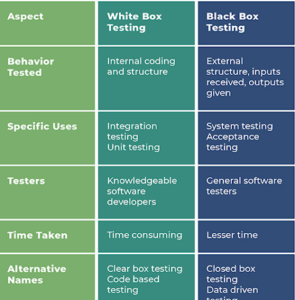
Note: Don’t miss out on this opportunity to take your career to the next level. Enroll in our Software Testing Course in Pune today
Want to know more about Software Testing? Click Here
Author:
Vaishali Sonawane
| SevenMentor Pvt Ltd.
© Copyright 2021 | SevenMentor Pvt Ltd.

